MORESO | Generational Shame in David Lynch’s Twin Peaks
by Dr. Mark David Major, AICP, CNU-A
Most reviewers and fans are heralding “Gotta Light?”, episode eight of Mark Frost/David Lynch’s Twin Peaks: The Return (or Season 3 for us nerds) on Showtime, as the most ambitious and weirdest WTF hour in television history; rightly so. As with all things David Lynch, “Gotta Light?” has invited widespread theorizing on the Internet about what all of the symbolism might mean. However, everyone so far seems to miss a potent, alternative interpretation about what Twin Peaks has really been about all along; namely, Lynch’s generational shame as a Baby Boomer. Think about it.
WARNING, SOME SPOILERS AHEAD IF YOU HAVE NOT SEEN EPISODE EIGHT, “GOTTA LIGHT?”
 People point out the similarities between the more abstract, middle section of “Gotta Light?” – when Lynch takes us into the heart of a mushroom cloud at the 1945 climax of the Manhattan Project, which the episode title and request of the Woodsman to strangers repeatedly evoke – to the closing ten minutes of Stanley Kubrick’s 2001: A Space Odyssey. They point the obvious anti-thesis between Arthur C. Clarke/Kubrick’s optimistic vision (“My God, it’s full of stars.”) versus Lynch’s more pessimistic one (‘My God, it’s full of blood’ literally and metaphorically). According to Lynch’s vision, evil in the form of the spirit “Bob” was born in 1945 with the first atomic detonation. Of course, Lynch implies such a thing while adopting the quintessential Baby Boomer attitude, i.e. nothing important happen before 1945, it is all about ‘me’ (us), and so forth. Such is the nature of Baby Boomers.
People point out the similarities between the more abstract, middle section of “Gotta Light?” – when Lynch takes us into the heart of a mushroom cloud at the 1945 climax of the Manhattan Project, which the episode title and request of the Woodsman to strangers repeatedly evoke – to the closing ten minutes of Stanley Kubrick’s 2001: A Space Odyssey. They point the obvious anti-thesis between Arthur C. Clarke/Kubrick’s optimistic vision (“My God, it’s full of stars.”) versus Lynch’s more pessimistic one (‘My God, it’s full of blood’ literally and metaphorically). According to Lynch’s vision, evil in the form of the spirit “Bob” was born in 1945 with the first atomic detonation. Of course, Lynch implies such a thing while adopting the quintessential Baby Boomer attitude, i.e. nothing important happen before 1945, it is all about ‘me’ (us), and so forth. Such is the nature of Baby Boomers.
 However, this symbolism also offers a clue for viewers to understand that Twin Peaks might have always been about Lynch’s Baby Boomer shame.
However, this symbolism also offers a clue for viewers to understand that Twin Peaks might have always been about Lynch’s Baby Boomer shame.
Really, the cultural phenomenon of Twin Peaks is due to one thing: Laura Palmer (Sheryl Lee); specifically, the haunting image in the opening scenes of the first episode, e.g. a dead, beautiful young girl wrapped in plastic.
 Who was Laura Palmer? She was the promising, archetypal image of Generation X? The straight-A student, Prom Queen, and volunteer for the less fortunate (‘Meals on Wheels’, Audrey’s brother) with a secret life and troubled psyche due, of course, to her Baby Boomer parents.
Who was Laura Palmer? She was the promising, archetypal image of Generation X? The straight-A student, Prom Queen, and volunteer for the less fortunate (‘Meals on Wheels’, Audrey’s brother) with a secret life and troubled psyche due, of course, to her Baby Boomer parents.
Who murdered her? Her Baby Boomer father, Leland Palmer, who was possessed by the evil spirit “Bob”, who we now know (thanks to “Gotta Light?”) was born in the fires of the atomic denotation in 1945, e.g. the chronological origins of the Baby Boomers themselves.
There’s more. Typically, the most important Generation X characters of the original series (Shelley, Donna, James, Audrey, Maddie, even Bobby Briggs and Laura herself) are good, innocent, or misunderstood. Shelley’s abusive husband, Leo Johnson, doesn’t fit but we’re never sure if he is a young Baby Boomer or the oldest of the Generation X characters. The Baby Boomer characters are divided into good (Ed Hurley, Norma, Sheriff Truman), eccentric (Gordon Cole, Hawk, Andy & Lucy, Log Lady, Nadine, Pete, Sarah Palmer), and nefarious/evil (Leland Palmer, Ben and Jerry Horne, Catherine Martell, the Renaults, Windom Earle, and so forth).
Indeed, David Lynch’s Twin Peaks character Gordon Cole is famously hard-of-hearing. Basically, he is representative of an entire generation.
 Finally, in the opening scenes of “Gotta Light?” (before everything gets really weird), we witness the murder of Cooper’s doppelganger. The Woodsmen (see header image) appear and engage in a strange ritual, apparently extracting the evil spirit of ‘Bob” as a fetal orb from the body of DoppelCooper. This bloody scene reeks of abortion imagery. Abortion, of course, is one of the most enduring legacies of the Baby Boomers via the Roe v. Wade decision. Lynch’s symbolism in this scene is ambiguous, to say the least. The Woodsmen’s abortion of “Bob” seems to bring DoppelCooper back to life, i.e. children of Baby Boomers (i.e. Generation X) are evil and abortion ‘saves’ lives. However, the character Ray (who shot DoppelCooper) observes this ritual in absolute, moral horror. This ritual apparently allows the evil spirit “Bob” to endure in the Twin Peaks universe, which can’t be a good thing.
Finally, in the opening scenes of “Gotta Light?” (before everything gets really weird), we witness the murder of Cooper’s doppelganger. The Woodsmen (see header image) appear and engage in a strange ritual, apparently extracting the evil spirit of ‘Bob” as a fetal orb from the body of DoppelCooper. This bloody scene reeks of abortion imagery. Abortion, of course, is one of the most enduring legacies of the Baby Boomers via the Roe v. Wade decision. Lynch’s symbolism in this scene is ambiguous, to say the least. The Woodsmen’s abortion of “Bob” seems to bring DoppelCooper back to life, i.e. children of Baby Boomers (i.e. Generation X) are evil and abortion ‘saves’ lives. However, the character Ray (who shot DoppelCooper) observes this ritual in absolute, moral horror. This ritual apparently allows the evil spirit “Bob” to endure in the Twin Peaks universe, which can’t be a good thing.
In response, the (presumedly) benevolent beings watching over the events of 1945 create a golden orb, which contains the face of Laura Palmer. Because the image of the Earth is black and white, we assume this golden orb was sent to Earth in the same time period as the ‘birth’ of the evil spirit Bob in 1945. However, this is a leap of logic (if such a thing can be said about Twin Peaks). We know that time, as we understand it, has no meaning in the White Lodge (probably the setting during this golden orb scene) and Black Lodge. Does this golden orb represent the inherent promise of Generation X, which Baby Boomers still endeavor to squander, even murder today?
There is much in the episode “Gotta Light?”, in particular, and Twin Peaks, in general, to suggest David Lynch is attempting to express the collective shame of his entire generation for fü©king over so much, including an entire generation of their promising, unwanted ‘latchkey kids’.
Moreso is a new series of short ruminations or thoughts of the moment, usually of less than 500 words, from The Outlaw Urbanist.

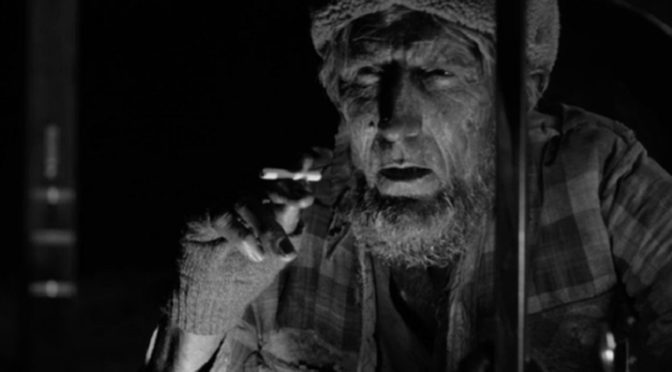

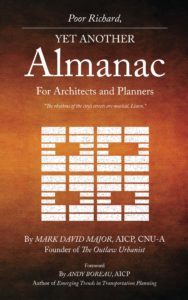

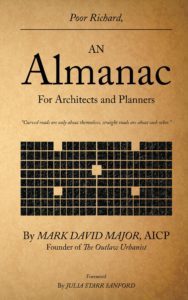

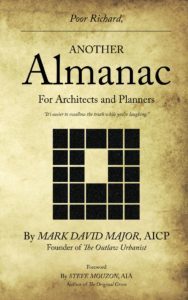

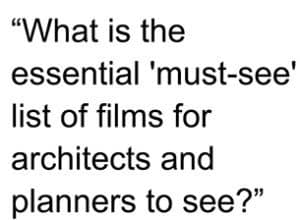 The course series reviewed dozens of examples in film and television. The question naturally arises about what might be the most definitive examples of architecture’s impact on cinema. What is the essential ‘must-see’ list of films for architects and planners to see?
The course series reviewed dozens of examples in film and television. The question naturally arises about what might be the most definitive examples of architecture’s impact on cinema. What is the essential ‘must-see’ list of films for architects and planners to see?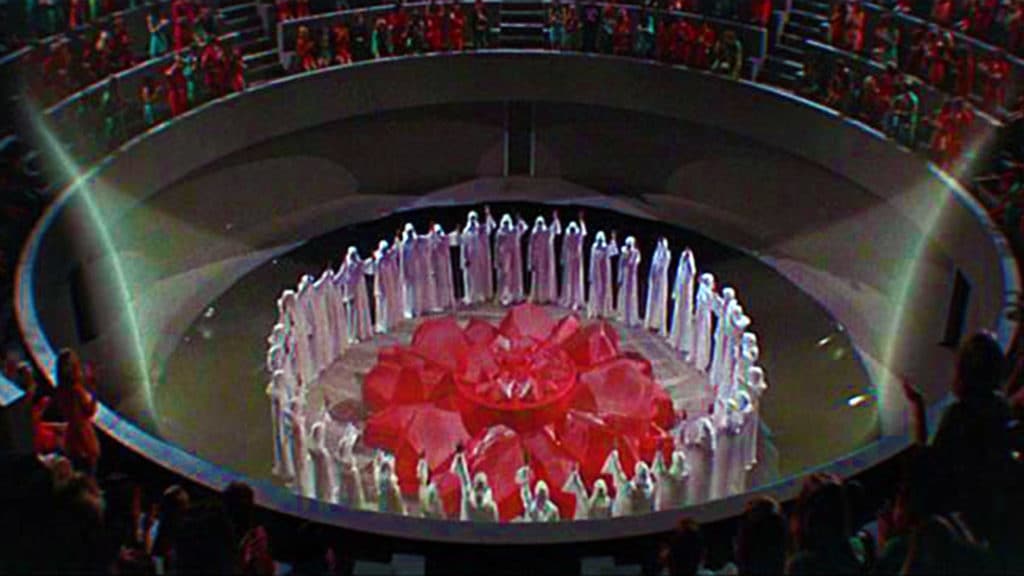
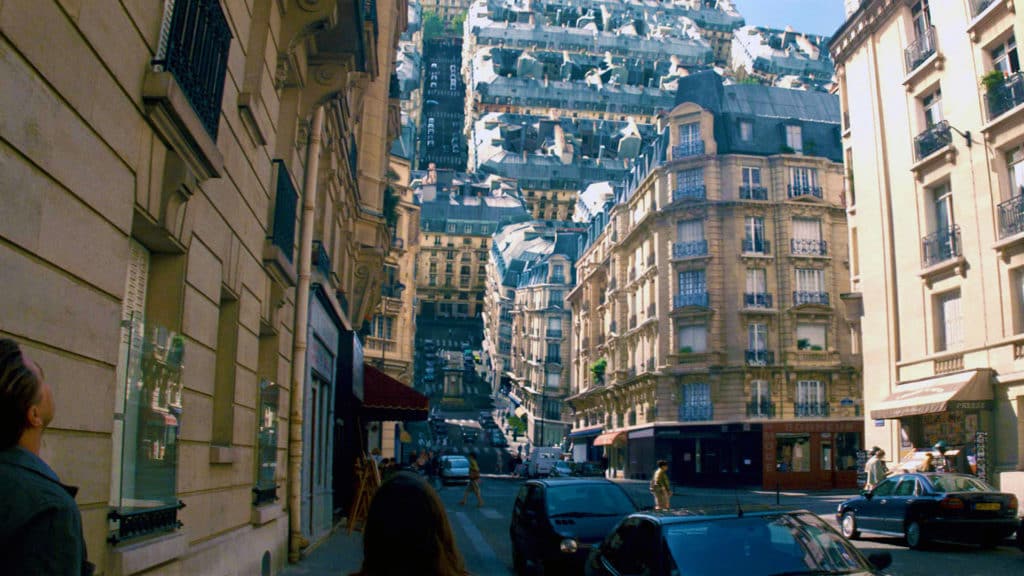
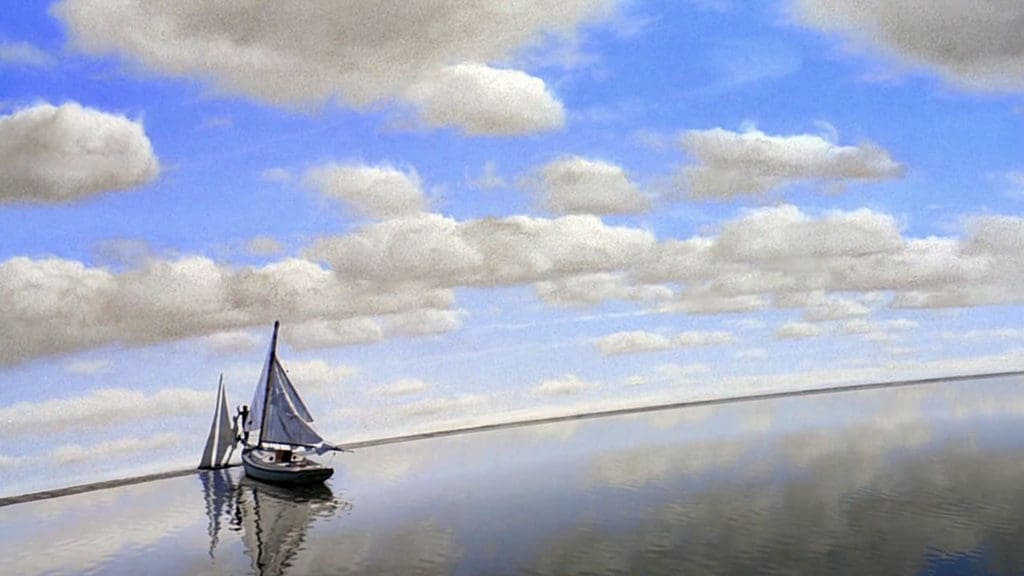
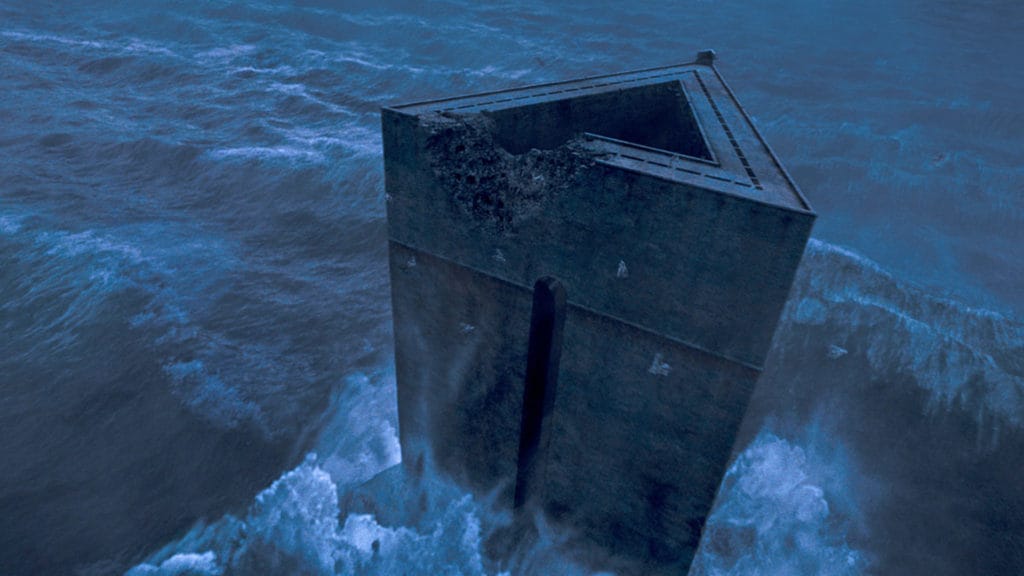


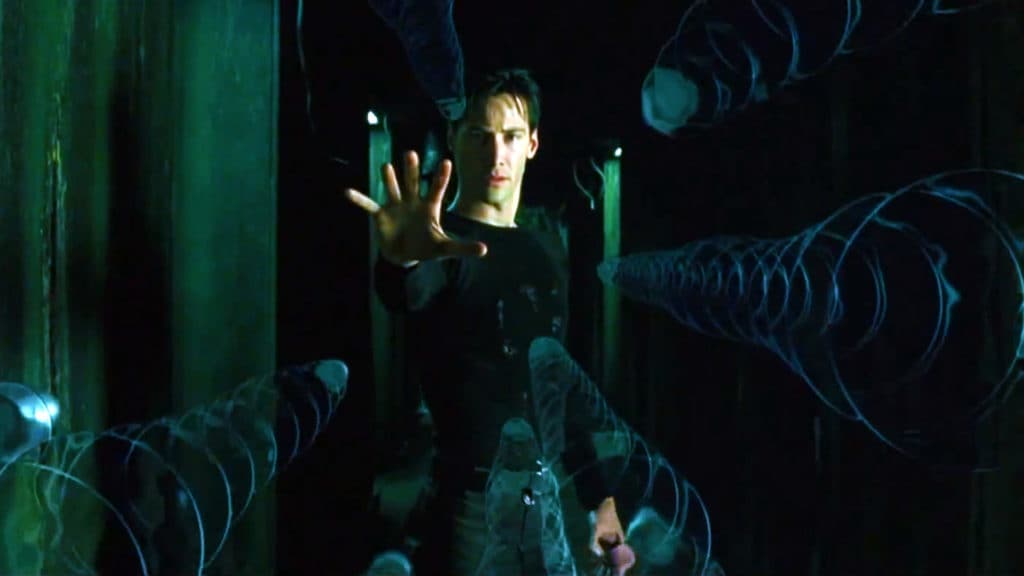
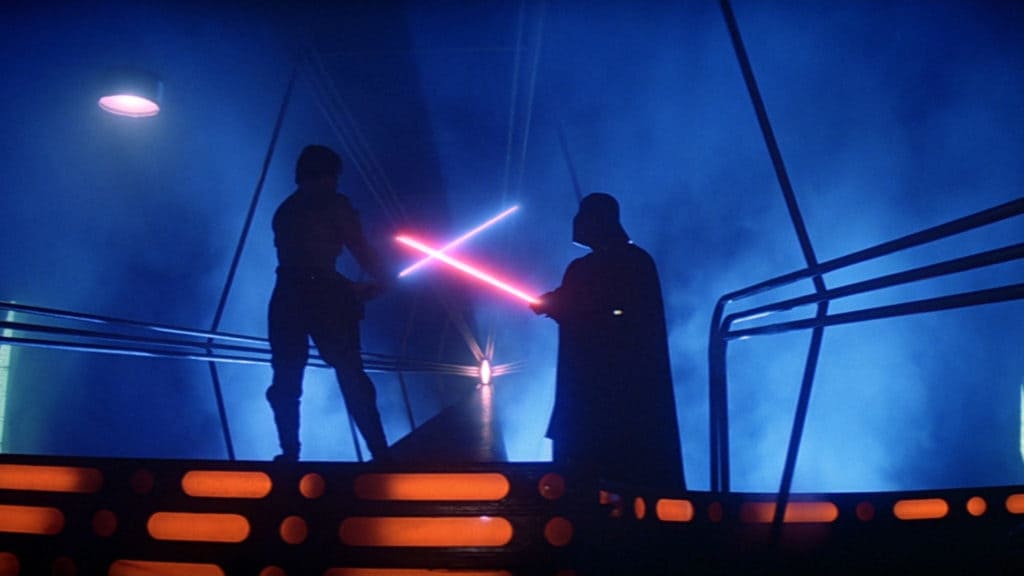
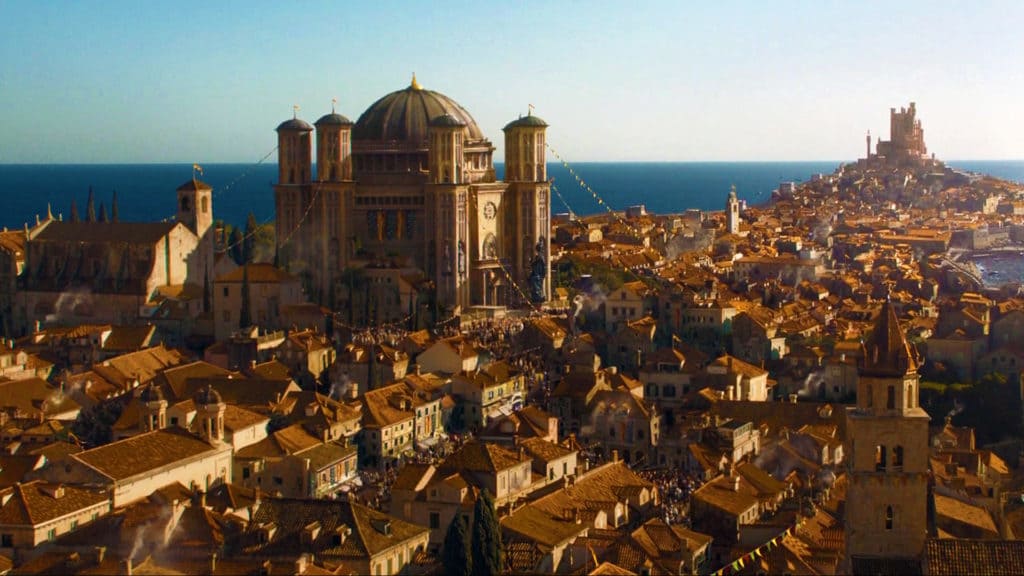

 1. Metropolis (1927)
1. Metropolis (1927)